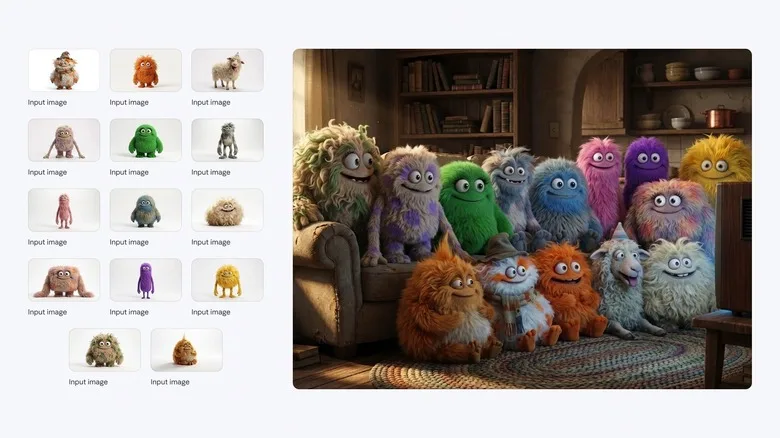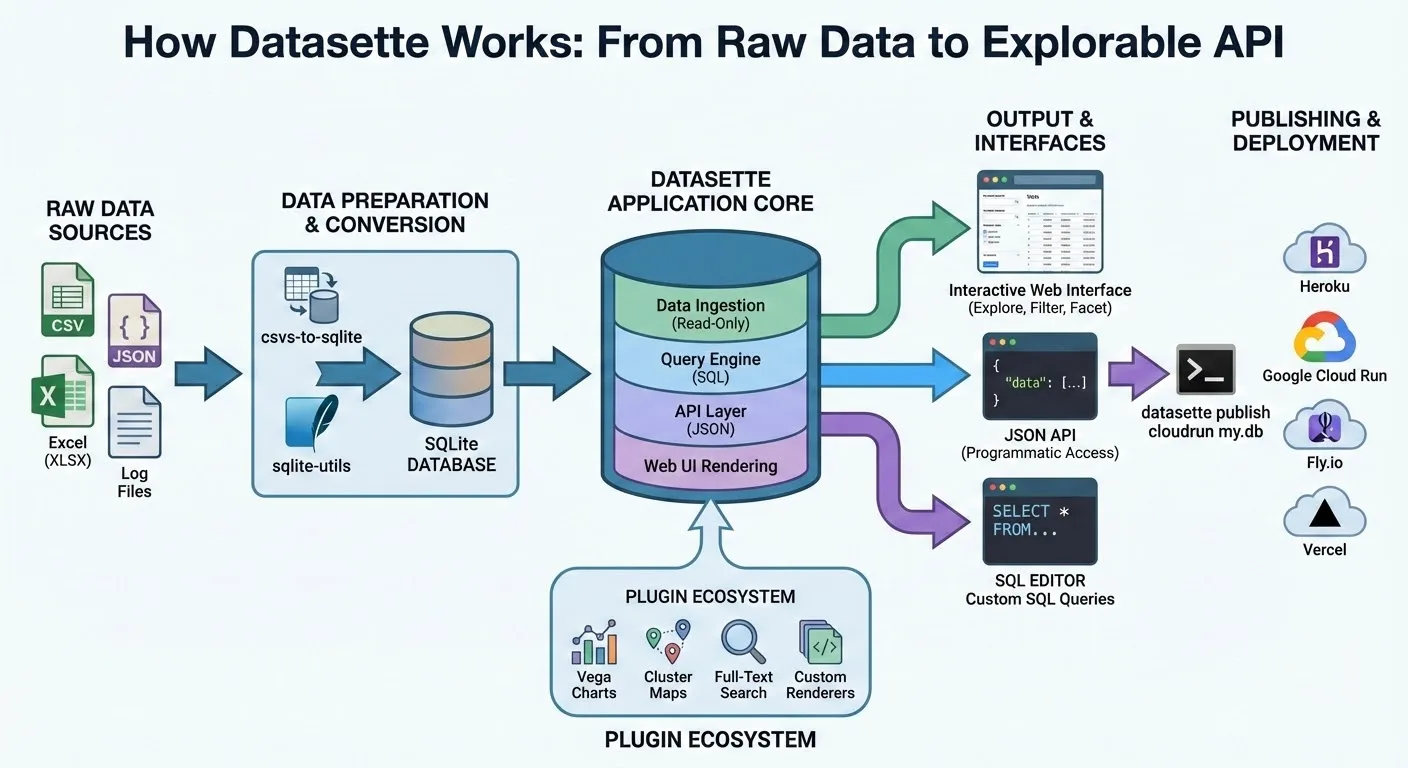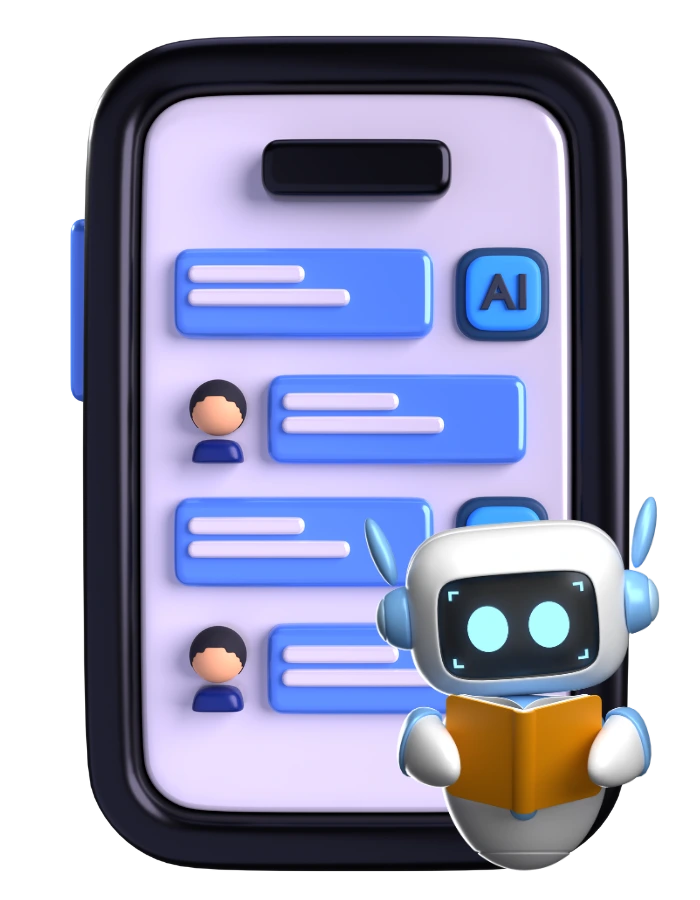As a tech enthusiast and marketer, we’ve watched the evolution of AI-driven image generation for years—first fun filters, then serious design tools, and now full-fledged creative engines. Enter Nano Banana Pro, the latest image-generation and editing model from Google DeepMind built on the underlying powerhouse Gemini 3 Pro. This isn’t just a step up—it’s a leap. In this blog, we’ll unpack what Nano Banana Pro is, why it matters, what’s new inside it, how it compares to its predecessor (and the competition), and what it means for content makers, designers, and marketers.

What is Nano Banana Pro?
At its core, Nano Banana Pro is an advanced image-generation and editing model introduced on Nov 20 2025 by Google. It’s part of the Gemini family of models but takes a distinct turn—designed for high fidelity visual assets, professional workflows, multi-language typography, and grounded real-world knowledge.
In simple terms: if you’ve used earlier “play” tools to generate fun images or quick edits, Nano Banana Pro is aimed at the next level—premium, production-ready visuals, with deep control over lighting, camera, text rendering, scene grammar, and factual accuracy.

Why this Matters – The Big Picture
From a marketing and creative vantage:
-
Elevating asset quality: Brands and agencies need visuals that can go straight into campaigns, presentations, slides, even print. Nano Banana Pro supports up to 4K resolution, something earlier models couldn’t match comfortably.
-
Localization at scale: With accurate text rendering and multi-language support, you can generate visuals for different markets without completely re-designing from scratch. Google mentions translation and localization as built-in.
-
Factual grounding: The model can connect with Google Search to bring in real-world knowledge—diagrams, infographics, maps, data visualisation with context. That opens up educational, technical, and enterprise use cases.
-
Creative workflow control: It’s not “just press a button and hope”—you get control over lighting, camera angles, focus, composition, color grading. In other words: designers have more agency.
-
Watermarking / provenance built-in: With AI-generated media, transparency is critical. Google embeds SynthID watermarking so users and systems can detect generated/edited images.
-
Market timing: As brands accelerate content creation, AI tools that deliver high quality, speed, and scale matter. From a marketing lens, Nano Banana Pro represents a competitive leap for Google in visual-AI.

What’s New – Features That Stand Out
When you dig into the specs and capabilities of Nano Banana Pro, several key enhancements show up:
✅ Higher Resolution & Fidelity
-
Supports 2K and 4K image resolutions—much higher than many earlier generative tools.
-
Improved image quality across lighting, texture, depth of field, and composition.
-
Example: designer can specify “render at 3840×2160, 16‐bit color, cinematic grade lighting” and expect a professional-grade output.
✅ Superior Text Rendering & Multi-Language Support
-
One of the persistent challenges with image generation has been rendered text inside images: misspelt words, sloppy typography, weird layouts. Nano Banana Pro raises the bar.
-
Multi-language text rendering—so you can produce visuals in English, Korean, Czech (with diacritics), etc, preserving style across locales.
-
Useful for mockups, posters, infographics, slides where text matters as much as visuals.

✅ Advanced Control Over Creative Composition
-
You’re not stuck with “Generate an image of…” and hoping for the best. You get controls for camera angle, depth of field, lighting, focus, color grading.
-
You can upload reference images—up to 14 objects or 6 high-fidelity shots—to guide the model’s output.
-
Consistent representation: the model can maintain the look and likeness of up to five people across images. (Important for brand or character consistency)
✅ Grounding with “Real-World Knowledge” & Search
-
Via connection to Google Search, the model can fetch factual info and embed it in visuals: e.g., “Create an infographic that shows how to make elaichi chai” and the model uses real world referencing.
-
This elevates the model from purely creative/abstract to one that can deliver accurate diagrams, data-visuals, educational content.
✅ Integration & Availability
-
The model is rolling out across numerous Google products: Gemini app, Google Slides (via “Beautify this slide”), Google Vids for video‐assets, NotebookLM for research visuals.
-
Developers and enterprise users can access it via Google AI Studio, the Gemini API and Vertex AI.
✅ Clear Differentiation in Use Cases
-
Google positions Nano Banana Pro for production-ready work; for ideation or casual use the lighter version (the original Nano Banana) remains.
-
Companies needing polished assets (ads, campaigns, localised content) will choose Pro.
Comparison – Why Nano Banana Pro is ‘Better’
Let’s compare the new version (Pro) against its predecessor and some of the broader landscape.
| Feature | Previous Model (Nano Banana / Gemini 2.5 Flash) | Nano Banana Pro (Gemini 3 Pro Image) |
|---|---|---|
| Max resolution | Around 1024×1024 px typical. | Native support for 2K/4K, high-fidelity. |
| Text rendering | Often shaky, typographical errors, limited multi-language. | Clean text, multi-language support, better typography. |
| Creative control | More limited—quick generative mode, fewer references. | Rich controls: camera, lighting, depth, reference assets (up to 14). |
| Real-world grounding | Some context support, but weaker real‐time info integration. | Stronger grounding via Google Search knowledge base; factual infographics possible. |
| Intended use case | Fast ideation, consumer-level image creation. | Production-ready, enterprise visual assets, brand compliant. |
| Cost / throughput | Lower cost, faster but lower fidelity. | Higher cost/latency but higher quality. (Google mentions slower & costlier) |
From a marketing and creative operations perspective, that means: if you’re doing quick social posts, the older model may suffice. But if you’re generating visuals for a major campaign, localisation across markets, high-resolution print, or multi-asset rollouts—Nano Banana Pro gives you the fidelity and control you need.
Use-Cases & Implications for Marketers & Creatives

Now we come to the “why you should care” part—I’ll share how this model could shift workflows, and what you should be thinking about if you’re a brand, agency, or creative team.
Brand & Campaign Visuals
Imagine a global campaign where you need visuals for web, print, outdoor, different languages, different markets. With Nano Banana Pro you could:
-
Generate a hero visual in 4K, with exact brand colors, logo, and typography.
-
Use reference images to keep brand-character consistency across versions (countries).
-
Use the multi‐language text rendering to localise visuals without re-designing everything manually.
-
Use search-grounding to embed real-world data (e.g., “infographic: 10 tips for coffee brewing”) and trust the accuracy.
This means faster turnaround, lower dependency on lengthy photo-shoots or manual edits, and more agility in your creative pipeline.
Infographics & Educational Content
Marketers increasingly produce content that’s informative—whitepapers, trend reports, social posts with data. Nano Banana Pro is well-suited for creating high-quality visuals of that nature:
-
Smooth typography and multi-language support make the visual readable and professional.
-
Real-world knowledge allows diagrams or maps to be generated based on facts.
-
High resolution means the output is usable for print as well as digital.
Presentations & Internal Communications
Internal comms, pitch decks, sales enablement decks often lean on visuals. With tools like Google Slides integrating Nano Banana Pro (via “Beautify this slide”) you can:
-
Turn text content into visually appealing slides in one click.
-
Maintain brand identity and styling more easily.
-
Produce assets that look designer-made without always involving a designer.
Regional & Localization Workflows
If you operate across multiple markets:
-
Generate image assets for each locale with localised text.
-
Ensure typography works properly in non-Latin scripts.
-
Avoid manual re-creation of assets for each market, saving time and cost.
⚠️ Editorial & Authenticity Considerations
With AI-generated visuals minted at scale, brands must think about transparency and authenticity. The watermarking (SynthID) built into Nano Banana Pro helps with provenance tracking. However:
-
Ensure you have editorial control and fact-check when using grounded data.
-
Be mindful of copyright, licensing, usage rights even for AI-generated content.
-
Maintain brand trust: audiences may be increasingly aware of “AI-made visuals”.
Frequently Asked Questions (FAQs)
1. What exactly is Nano Banana Pro?
It’s an image-generation and editing model developed by Google DeepMind, built on the Gemini 3 Pro architecture, designed for high fidelity, professional-grade visuals with advanced controls and world-knowledge grounding.
2. What are the major improvements over the previous version?
Key improvements include: support for 2K/4K resolution; much better text rendering (including multi-language); finer control over lighting, camera, depth, composition; capability to input multiple reference images (up to 14); and grounding with real-world knowledge/search.
3. How can marketers and creators benefit from it?
Marketers can use it to generate high-quality campaign visuals, localized assets, infographics, presentations quickly, maintain brand consistency, and reduce dependency on lengthy photo-shoots or manual design work.
4. Are there any limitations or things to watch out for?
Yes. Higher fidelity means higher cost and latency. While search-grounding helps, fact-checking remains important. Sometimes AI models still mis-label or misrepresent details (as early testers found). Also, usage limits may apply depending on Google subscription tier.
5. How and where can one access Nano Banana Pro?
It’s rolling out across Google’s ecosystem: the Gemini app (select “Thinking” model), Google Slides (“Beautify this slide”), Google Vids, NotebookLM, and for enterprise via Google AI Studio / Vertex AI. Availability may vary by region and subscription.
Resource Center
These aren’t just blogs – they’re bite-sized strategies for navigating a fast-moving business world. So pour yourself a cup, settle in, and discover insights that could shape your next big move.
Unleashing the Creative Beast: How Google’s Nano Banana Pro is Redefining AI Image Generation
As a tech enthusiast and marketer, we’ve watched the evolution of AI-driven image generation for years—first fun filters, then serious design tools, and now full-fledged creative engines. Enter Nano [...]
How Small and Mid-Sized Companies Can Adopt Generative AI Without Huge Budgets?
In the last few years, generative AI adoption has accelerated at an unprecedented pace. Businesses across the world—from agile startups to global enterprises—are leveraging AI to automate tasks, enhance [...]
Google Launches Gemini 3: Next-Generation AI Model with Advanced Coding Capabilities and Record-Breaking Benchmarks
In the fast-evolving world of artificial intelligence, Google has once again raised the bar with the launch of Gemini 3, its latest and most advanced large language model (LLM). [...]

